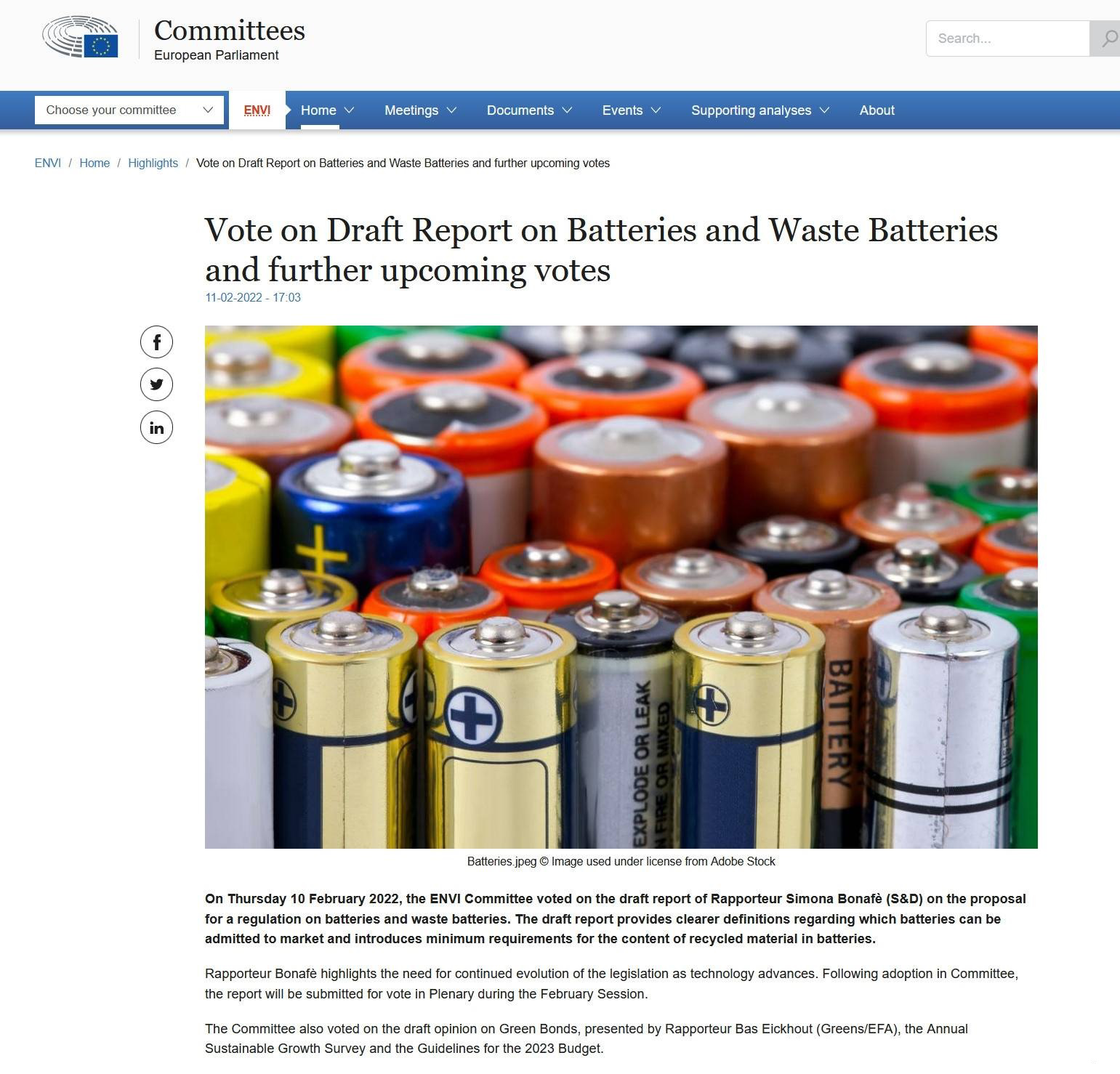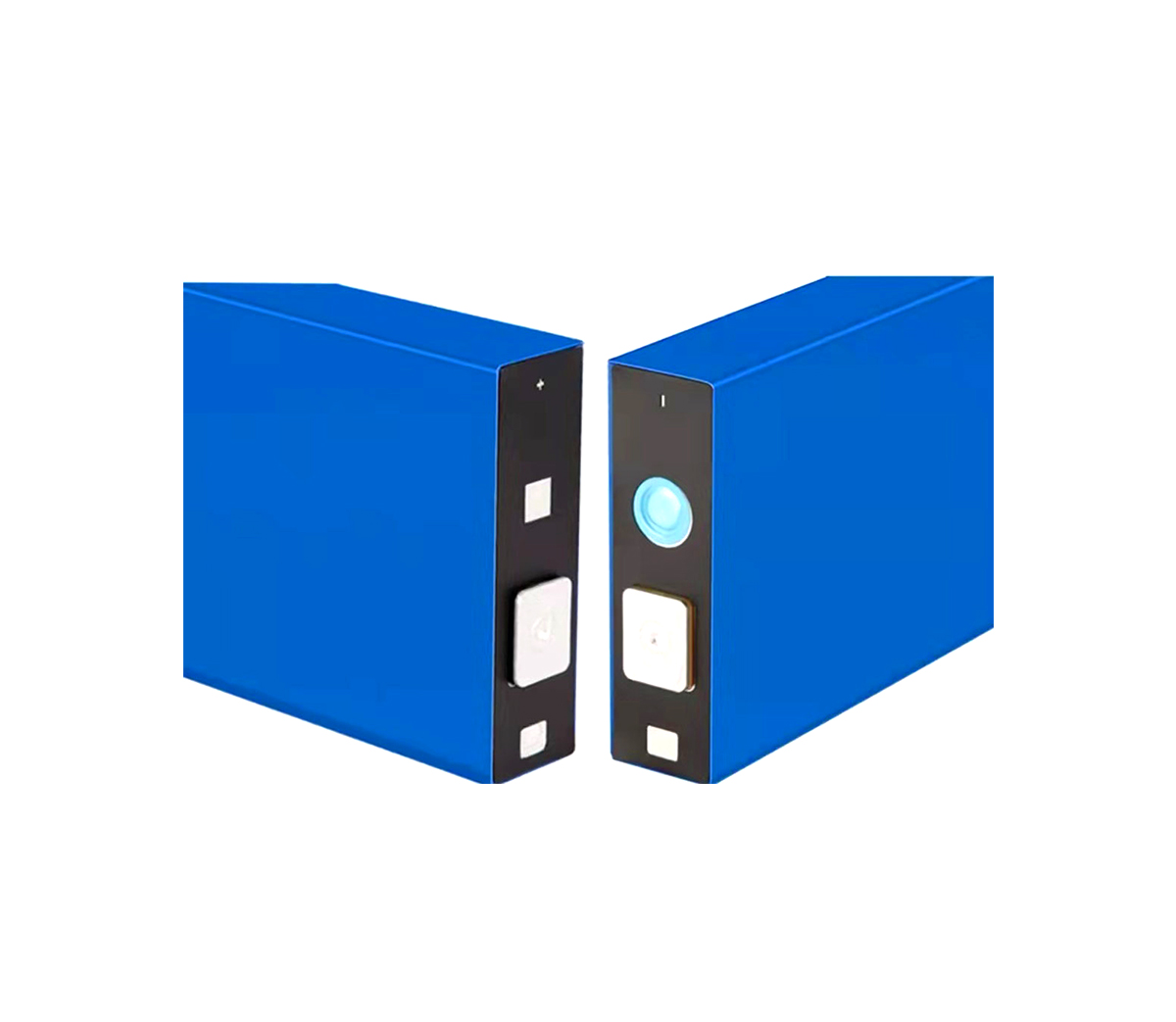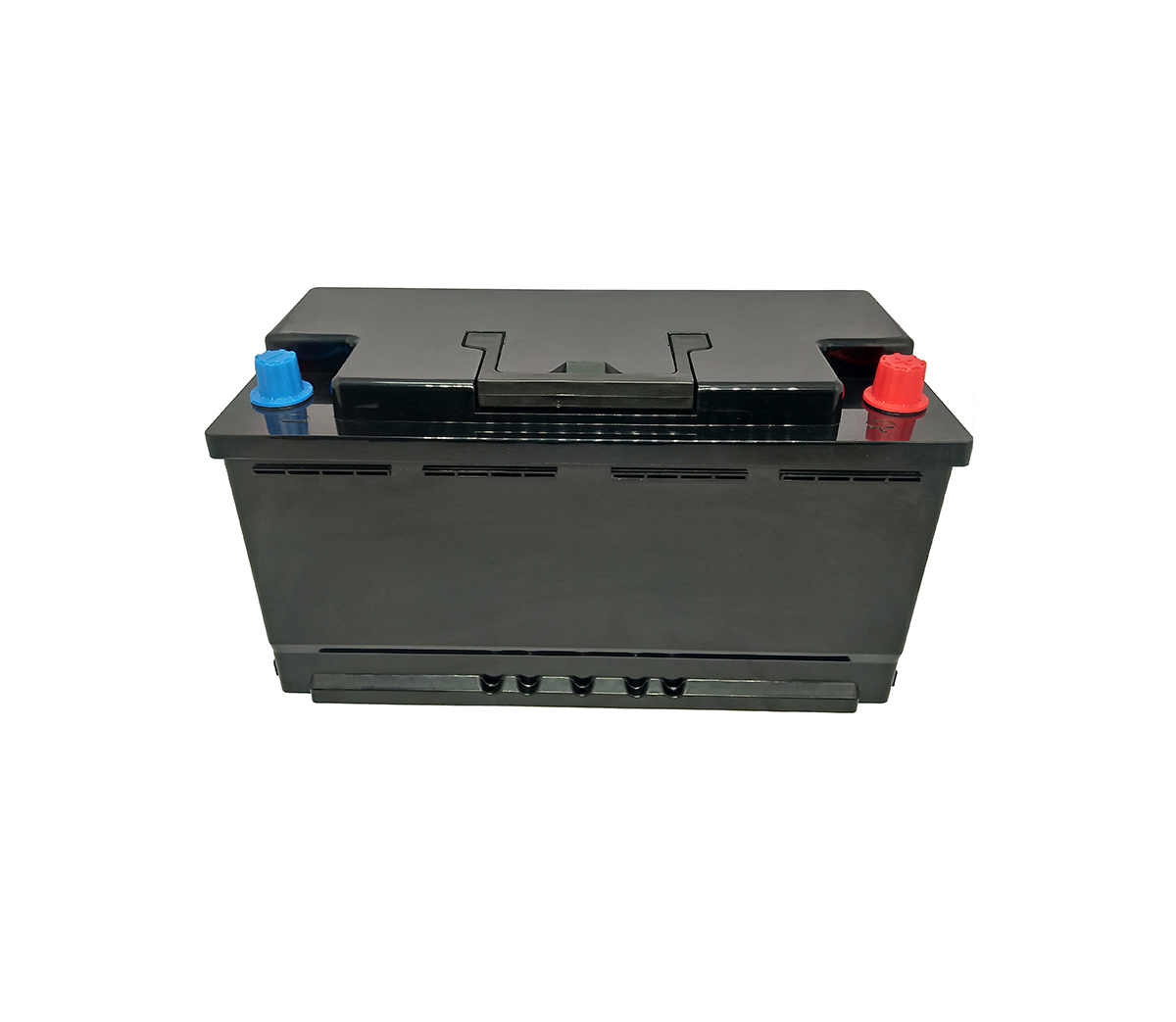The EU Battery and Waste Battery Regulations have been voted through, and
battery management has become more stringent
Recently, the "EU Batteries and Waste Batteries Regulation" was approved by
the European Parliament's Environment, Public Health and Food Safety Committee
(ENVI) with 74 votes in favor, 8 votes against and 5 abstentions. The draft
report provides a clearer definition of which batteries can enter the market and
sets minimum requirements for the content of recyclable materials in
batteries.

As a professional customized lithium battery partner with many customers in
Europe, SES Power has nearly 20 years of experience in energy storage power
stations, energy storage systems, energy storage lithium batteries, inverters,
photovoltaic power generation and other products. Launched 12V100Ah, 12V200Ah,
24V100Ah, 24V200Ah, 36V100Ah, 48V50Ah, 48V100Ah, etc. using square
aluminum-shell lithium iron phosphate batteries, and 12V30Ah, 12V50Ah, 12V60ah
car starting batteries using high-performance lithium batteries (the maximum
peak current can reach 1500A). We are naturally concerned about the latest
European regulations for lithium batteries, and we try to quickly identify and
share important information:
A: Introduce new battery classification
The most important modification in the latest revision is the modification
of the battery classification, which introduces the classification of Light
Means of Transport Battery. Light vehicles include: electric bicycles, electric
scooters. These battery categories are not clearly defined under EU Directive
2006/66/EC. At the same time, it is also clear that light vehicle batteries do
not belong to the category of industrial batteries.
B: Labeling Requirements
The draft new battery law has updated the labelling requirements, and the
new labelling requirements will include the following points:
(a) Basic information: From January 1, 2027, a label containing the basic
information of the battery should be attached to the battery, including
manufacturer information, battery type, chemical composition, unexpectedly
harmful substances such as lead, cadmium, mercury, key 8 items including raw
materials.
(b) Capacity information: From January 1, 2027, batteries shall be
accompanied by a symbol indicating separate collection.
(c) Separate Collection Symbol: From July 1, 2023, batteries shall be
accompanied by a symbol indicating separate collection.
(d) Chemical symbols of over-limited substances: From July 1, 2023,
batteries containing more than 0.002% cadmium or more than 0.004% lead should be
marked with the chemical symbols of over-limited substances under the separate
collection symbol.
(e) QR code: The battery shall also be attached with a QR code label to
provide relevant information.
(f) CE labeling: The draft new battery law also requires batteries to be CE
labelled before they are placed on the market.
C: Information Request
Rechargeable industrial and electric vehicle batteries with internal
storage and capacity greater than 2kWh shall include a battery management system
for determining battery health and life expectancy status data, including the
following parameters:
(a) Remaining capacity
(b) Overall capacity fade
(c) Remaining power capacity and power decay
(d) Residual cycle efficiency
(f) Actual cooling requirements
(g) Self-discharge rate evolution
(h) Ohmic resistance and/or electrochemical impedance
(i) The date of manufacture of the battery and the date it was put into
service
(j) Energy throughput
(k) Capacity throughput
D: Requirements for recycled raw materials
The draft new battery law adds requirements for recycled raw materials to
industrial batteries containing cobalt, lead, lithium, and nickel with internal
storage and capacity greater than 2kWh, electric vehicle batteries and
automotive batteries, and the accompanying technical document contains
information on the presence of active materials in batteries The content of
cobalt, lead, lithium and nickel recovered from waste, minimum recycled
content.
The 2030 cobalt, lead, lithium, and nickel recycling targets are advanced
to 2028, and the corresponding methodology and reporting format are advanced
from 2025 to 2022. At the same time, the recovery ratio of cobalt, copper,
lithium and nickel in batteries is required to be further increased.
E: Carbon Footprint Requirements
Carbon footprint is a high frequency keyword in this document. The newly
added light-duty vehicle batteries and industrial batteries with a rated energy
of more than 2kWh in this revision are required to calculate the carbon
footprint of the product production cycle and clearly mark the product. The
overall goal of the European Commission for carbon footprint is still to limit
the maximum carbon footprint of battery products and gradually reduce the carbon
footprint of battery products in the EU market to ensure the achievement of the
2050 climate change target table.
F: Requirements for disposal of used batteries
Used batteries should be disposed of as a separate category. The battery
producer is obliged to define clear operational and financial support
arrangements for the full life cycle of the battery, and the related
responsibilities of the producer are extended to the post-product consumption
service stage.
Producers should make financial arrangements and provide financial support
for organizing the collection of waste batteries, pre-processing, disposal,
cascade utilization preparation and recycling of waste batteries.
In the revised draft, there are special requirements for the disposal of
waste lithium batteries. Lithium batteries must have clear disposal procedures
to ensure that waste lithium batteries are properly classified and reported.
From the above changes, it can be seen that Europe is upgrading its control
of batteries, from the initial policy guidance, such as imposing high
environmental taxes on lead-acid batteries, to the formulation of comprehensive
and strict standards and regulations. In SES Power's view, this is a very good
thing, and only in this way can the battery industry have a clear direction, so
as to ensure the healthy and sustainable development of the battery
industry.



































